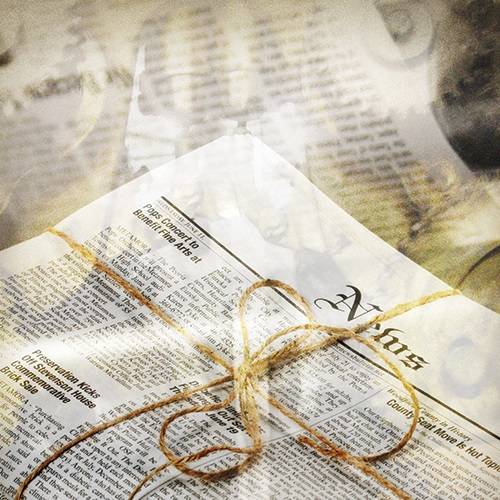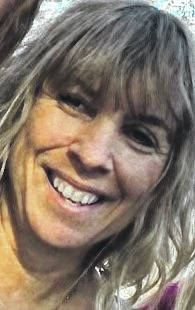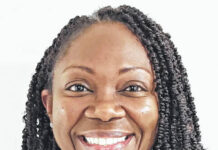In my day job as director of Southeastern Wound Healing Center, feet are our business. The majority of patients who end up needing wound care suffer from wounds that are foot-related. While the reasons they don’t heal are varied, many times the wound started in the first place from wearing shoes that did not fit properly.
As April is National Foot Care Awareness Month, I thought it would be a great time to remind all of us how to properly select athletic shoes for the most comfort, performance and protection from blisters and callouses that may sideline activity.
There are many considerations in selecting your fitness shoes. The right size and actually trying them on are just two of the no-brainers. Here are some helpful tips for selecting the right fitness footwear:
— Shoes are not for multitasking: Fitness shoes are made for specific activities so you need to choose the right one for the right activity. Walking shoes are stiffer and running shoes more flexible with more cushioning. Choose a shoe based on what you are doing not how you think they look!
— Know your foot: Everyone’s foot is different and our feet change as we age. Before embarking on a shoe buying trip figure out your foot structure (high arch low arch etc.) Most athletic shoe stores and even drug stores have machines that check your arch structure for free, then you can pick shoes that will be the most comfortable for your foot.
— Know your size: This might sound like a no-brainer, but did you know that your foot size can change even when you are an adult? After the birth of my twins I went from a size 7 to an 8. Measure your shoe size twice a year and remember that not all brands sizes are equivalent. A 7.5 in an Adidas may well be an 8 in a Nike or vice versa.
— Shop towards the end of the day: Our feet expand as the day progresses and likewise when we walk or run. Trying them on at the end of the day will insure they fit when your feet are the biggest.
— BYOS (bring your own socks): Besides being kind of nasty putting your bare feet into shoes someone else may end up buying, the fit may be wrong. Bring along the type of sock you intend to use with the shoes for try on purposes.
— Breaking in shoes is a myth: If the shoe is not comfortable when you try it on it is not going to be comfortable later. Walk, jump or jog some in the store and if they feel wrong then don’t buy them.
— Use the rule of thumb: When standing there should be a gap no larger than the width of your thumb at the front of the shoe. Too much means they are too big and too little means they are too small.
— Don’t overpay or underpay: Athletic shoes are pricey but don’t need to break you either. While $15 shoes would be a mistake you don’t need $200 ones either. I normally buy last year’s models so I get the same quality for a much better price.
— Know when to retire them: The average pair of running shoes should be replaced every 400 miles of use. If you are like me and don’t track miles, it is easier to just look at them for wear. If the back of the sole is worn out or they start to feel like the support is gone it is time to go shopping.
Careful selection of your next pair of fitness shoes can make your workouts much more enjoyable. You can avoid injuries, blisters and sore feet that can keep you on the couch. You can also avoid buying high-tech, low-wear shoes that cost a fortune. Your best bet is to find a sporting goods store with staff who understands how to fit your shoes. Stay away from online ordering unless it is a brand and style you already wear.
Kathy Hansen has more than 30 years of experience in the health and fitness field and has her eye on a pair of NoBull CrossFit shoes as her next purchase. She can be reached via e-mail at [email protected].








